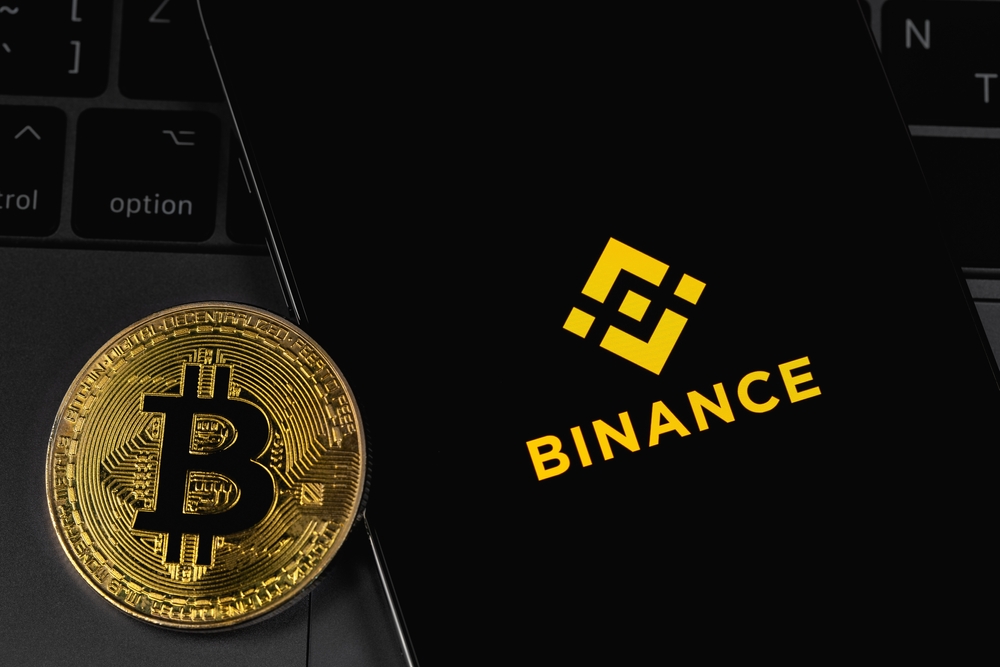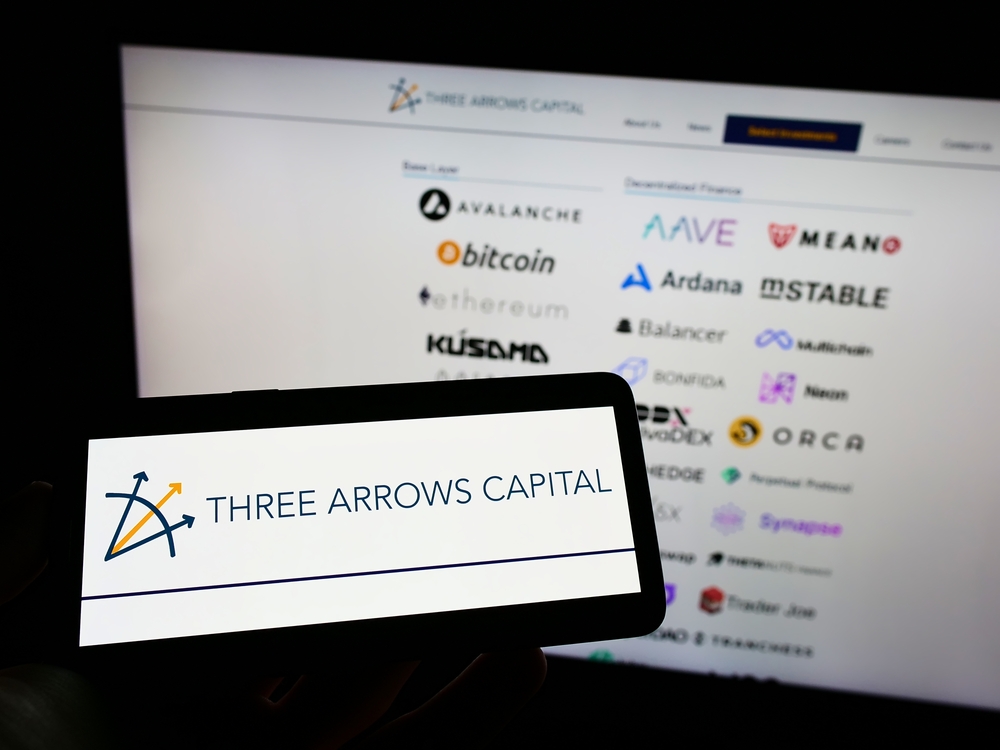Bitcoin Rollups Could Improve Transaction Speeds 10X, Developers Claim

On Monday, a team of Web3 developers released a detailed plan titled BitSnark and Grail to enable the launch of rollups on Bitcoin. Rollups have been used on other blockchains for several years, but many deem the concept impractical on Bitcoin, the oldest blockchain.
So, what are rollups? They are systems designed to bundle and process cryptocurrency transactions off-chain and then send them back to the mainnet. Rollups are also known as scaling solutions. They are popular within the Ethereum ecosystem. Transactions conducted on rollups are usually fast and cheap.
The developers behind the Bitcoin rollups plan say these systems will improve more than just the capacity. One of the developers, Edan Yago, claims that if the plan is implemented, a Turing functionality will be introduced on Bitcoin. Turing will allow the Bitcoin blockchain to support smart contracts, facilitating the development of decentralized finance apps.
Meanwhile, Yago expects transaction speeds on Bitcoin to increase 10X when their plan is executed. Earlier this year, the developer told a well-known crypto news platform that Bitcoin rollups could improve transaction speeds 20X.
Navigation
Try GPT Definity AI today, the #1 crypto trading robot! Click here to learn more. Artificial intelligence trading robots are taking over the trading eco-system, you can join this revolution and profit from daily revenues! Get ahead of the trading game with Artificial Intelligence crypto trading software today!
Yago Develops a Bitcoin DeFi Protocol
It is worth mentioning Yago is one of the creators behind the Bitcoin DeFi protocol Sovryn, which is being developed on a rollup platform called BitcoinOS. Unlike many scaling solutions, BitcoinOS does not require a hard fork or soft fork upgrade to Bitcoin Core.
The latest scaling proposal by Yago and his partners will introduce two significant innovations. BitSNARK is one of them. This innovation will be used to verify ZkSNARKS on the Bitcoin blockchain. A zkSNARK is a zero-knowledge cryptographic proof of processed transactions that don’t display other details.
The Grail bridge is the second innovation that Bitcoin users will be able to use. This bridge will allow anyone to transfer their BTC or any other asset living on Bitcoin between rollups in a trustless way.
Yago claims that their upcoming Bitcoin rollups share several elements of Ethereum’s optimistic rollups and ZK rollups. For instance, he says while the rollups will use ZK proofs, they confirm them through a response/challenge sequence, just like optimistic rollups.
How Operators on BitcoinOS Work
As of April 2024, bridging BTC to BitcoinOS requires middlemen known as “operators,” who process bridged coins. These operators can monitor the activities of each other, thus making it difficult to steal user BTC or process an illegal bridge transaction.
Yago recently said that BitcoinOS can host an unlimited number of operators. At the moment, there are about 104 operators on the system. The Web3 developer argues that even if only one operator remains honest, BitcoinOS is able to retain its integrity.
The BitSnark and Grail plan is an upgrade of the BitVM framework introduced by Robin Linus in 2023 to allow developers to compute various things on the Bitcoin network. Since the new proposal will facilitate SNARK verification, Yago says it will eliminate the practical inefficiencies and limitations of BitVM in supporting a rollup bridge.
The Grail Bridge
Furthermore, the Grail bridge will solve several downsides of BitVM bridges that crypto creator Tyler Whittle called out at the start of this month. He claimed that users of BitVM bridges were likely to lose all their BTC if operators were to process a significant number of withdrawals that surpassed their available liquidity.
According to the BitSnark and Grail proposal, Grail will give users the ability to withdraw whenever they wish. Also, the implementation of a fee-market to incentivize operators will support continued seamless processing of withdrawals.
Yago claims that when they actualize their plan, many layer-2 networks and sidechains like Rootstock, Stacks, and Liquid will be rendered obsolete. He adds that the rollups will be more secure than sidechains, which do not have direct security of Bitcoin.
Finally, the team of developers led by Yago has claimed that the Grail bridge will be highly decentralized and that not even a single government can compromise it.
Disclaimer: Mining Plus Crypto specializes in amplifying content for dozens of cryptocurrency and blockchain firms, and your company could be next on the list! For inquiries, please reach out to us through or Telegram Chat. Given the unpredictable nature of cryptocurrencies, we advise you to thoroughly research before investing. A portion of the content available on our website, including broker reviews, is paid content or content contributed by guest writers and does not necessarily represent the opinions of Mining Plus Crypto. We claim no liability for the accuracy, quality, and content of advertisements, products, or any other materials, including ad spaces displayed on our site. For a comprehensive understanding, please review our full terms and conditions, and disclaimer.






